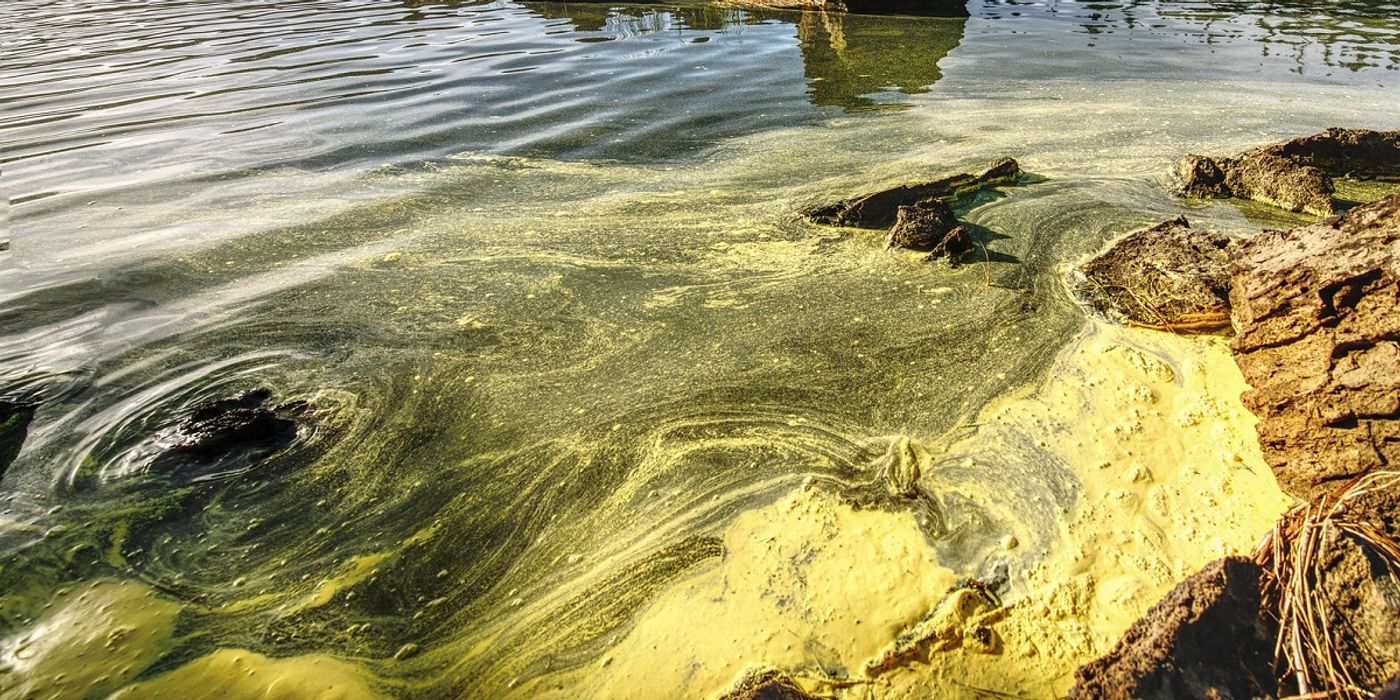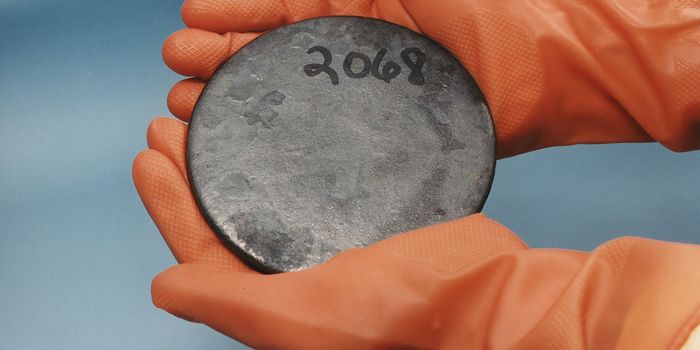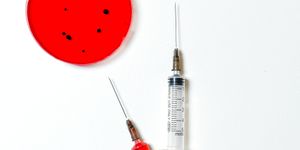Fighting Back Against Harmful Algal Blooms
Harmful algal blooms, or HABs, are a common summertime nuisance for people that live near fresh or saltwater all over the globe. HABs can be blue, green, red, or brown, sometimes they look scummy or similar to paint on the surface of the water. Under the right conditions, algae can grow to extreme densities and cause problems for people ranging from mildly unpleasant to downright dangerous. Some algae produce very potent toxins that collect in the water, making it dangerous to drink or swim in, for both humans and animals that live in the water. Others might make unpleasant odors, or make the water look muddy and slimy. This can have huge impacts on our health, economy, and the health of our environment. Beaches must often close in peak summer seasons due to dangerous levels of harmful algae in the water, fisheries suffer devastating losses of animals, and drinking water gets contaminated when large blooms happen.
Like other plants, algae need lots of sunlight, nutrients, and warmth; and we are contributing to their growth. The earth is getting warmer, and we are adding more nutrients to waters through runoff from fertilizers, agriculture, sewer waste, and other industry. Algal blooms are becoming more frequent and severe year after year, causing more damage to our society.
Scientists are still investigating how the relationships between HABs and the factors that spark large blooms. A recent study in Nature used machine learning to better model the patterned relationship HABs have with bacterial communities and the stronger response of algae to coastal upwelling over inland nutrient fluxes in Monterey Bay. This research will help decipher the interactions that lead to HABs.
Another recent study looked at the possible use of extracts from a macro-algae, to inhibit the germination of some micro-algae that can cause HABs. If we could use one alga to keep blooms of other algae low, we could have a healthy biocontrol method to reduce HABs.
In order to combat HABs, prevent nutrient pollution by not over-fertilizing your yard with industrial fertilizers, especially right before a rain event, and encourage others to follow your lead. You can also support legislation that supports the monitoring of your local waters and keeps nutrients in check. There are often state or volunteer websites or phone numbers to report suspected algal blooms in nearby waters. Then a scientist can come out and take a sample to investigate what is going on under the water.
Sources: Nature, NOAA, Oceanologia, EPA









